Mesa Water Quality at a Glance
multiple concerns
Is Mesa Water Safe to Drink?
Generally Yes, With Notable Concerns – Mesa’s water meets federal standards, but the city has some of the highest chromium-6 levels in the nation at 5.63 ppb (281x above health guidelines). Additional concerns include arsenic at 1,087x above guidelines, and multiple disinfection byproducts. Mesa’s water comes from surface sources (Salt and Verde Rivers, Colorado River via CAP) and deep groundwater wells, with extensive treatment through three facilities.
⚠️ Key Concerns for Mesa Residents
- Chromium-6 “Erin Brockovich Chemical”: 5.63 ppb detected – among highest in U.S. (281x above EWG health guideline of 0.02 ppb)
- Arsenic Contamination: 4.35 ppb detected (1,087x above health guidelines) – cancer-causing heavy metal from natural sources
- Disinfection Byproducts: Total trihalomethanes at 42.8 ppb and haloacetic acids at 10.9 ppb – cancer-causing treatment chemicals
- PFAS “Forever Chemicals”: PFHXS detected at 0.231 ppt (231x above guidelines) – persistent environmental contaminants
Read the full report below for detailed analysis, water source information, and actionable recommendations for Mesa residents.
Mesa – Arizona – Water Quality Report 2025: PFAS Testing, Infrastructure Concerns & Safety across your city
Mesa Water Resources provides comprehensive water and wastewater services to approximately 515,000 residents across Arizona’s third-largest city, spanning over 138 square miles in the east Valley of metropolitan Phoenix. Established as a municipal utility, the system encompasses an extensive distribution network, three major water treatment facilities, and over 30 groundwater wells that deliver an average of 75 million gallons of drinking water daily to this rapidly growing desert community.
Mesa sources its drinking water from multiple sources including the Colorado River through the Central Arizona Project (CAP), Salt and Verde Rivers through the Salt River Project (SRP), and local groundwater aquifers. Water is treated at three state-of-the-art facilities: the Brown Road Water Treatment Plant (72 MGD capacity), Signal Butte Water Treatment Plant (24 MGD capacity), and the jointly-owned Val Vista Water Treatment Plant. While Mesa’s water meets all federal and state quality standards, third-party testing reveals significant concerns including chromium-6 levels among the highest in the nation at 5.63 ppb (281x above health guidelines), arsenic at 4.35 ppb (1,087x above guidelines), and multiple disinfection byproducts. The utility has implemented advanced treatment technologies and conservation programs while addressing emerging contaminants like PFAS and managing desert-specific challenges including naturally occurring minerals.
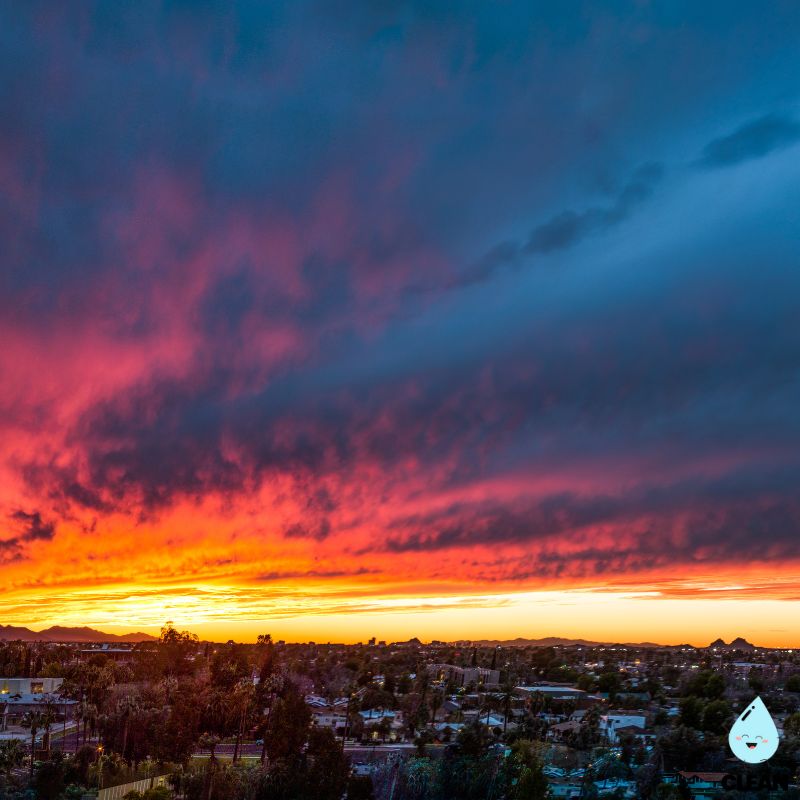
Mesa Water Quality: Current Status (2024-2025)
Latest Testing Results
- EPA Compliance Status: For the most recent quarter assessed (April-June 2024), Mesa’s water meets all federal health-based drinking water standards and remains in full compliance with EPA and Arizona Department of Environmental Quality regulations.
- Third-Party Analysis: EWG testing reveals 10 contaminants exceeding health guidelines, including chromium-6 at 5.63 ppb (281x above safe levels), arsenic at 4.35 ppb (1,087x above guidelines), and multiple disinfection byproducts.
- Lead and Copper Monitoring: Recent testing shows 90th percentile lead levels at 3.7 ppb, which meets EPA action levels but exceeds pediatric recommendations of 1 ppb for children’s exposure.
Water Sources
- Central Arizona Project (CAP): Colorado River water provides approximately 55% of Mesa’s supply, delivered through the Eastern Zone distribution system and treated at the Brown Road and Signal Butte facilities.
- Salt River Project (SRP): Salt and Verde River water supplies approximately 26% of Mesa’s water through the City Zone, treated at the Val Vista Water Treatment Plant.
- Groundwater Wells: 30 deep aquifer wells provide approximately 19% of supply, with 16 wells serving the City Zone and 14 wells serving the Eastern Zones, offering backup capacity and system redundancy.
Advanced Treatment Technology
- Brown Road Water Treatment Plant: Mesa’s primary facility processes 72 million gallons per day using conventional filtration, fluoridation, and dual disinfection with chlorine dioxide and chlorine for Colorado River water.
- Signal Butte Water Treatment Plant: Newer facility featuring advanced ozone disinfection technology with 24 MGD capacity to serve southeast Mesa’s growing population.
- Treatment Challenges: Despite advanced treatment, naturally occurring arsenic and industrial contamination like chromium-6 require ongoing monitoring and potential technology upgrades to meet stricter health guidelines.
Infrastructure Modernization
- Smart Water Management: Implementation of advanced monitoring systems throughout the distribution network for real-time water quality tracking, leak detection, and pressure management across Mesa’s 138+ square miles.
- Service Line Assessment: Mesa issued notices in November 2024 regarding unknown service line materials that may contain lead, requiring identification and potential replacement of aging infrastructure.
- Emergency Preparedness: Multiple source redundancy and interconnected treatment facilities provide resilience against supply disruptions, drought conditions, and emergency situations in the desert environment.
Customer Protection Initiatives
Mesa Water Resources offers comprehensive customer support including water quality testing assistance, the Utility Customer Assistance Program for qualifying low-income residents, and extensive educational outreach about desert water conservation. Given the detection of contaminants above health guidelines, residents concerned about chromium-6, arsenic, and disinfection byproducts may benefit from NSF-certified home filtration systems. Mesa’s commitment to transparency includes detailed annual Consumer Confidence Reports, though residents should be aware that meeting federal standards does not necessarily mean water meets the latest health science recommendations. The utility continues addressing desert-specific challenges while managing rapid population growth and extreme climate conditions.
Recommendations for Mesa Residents
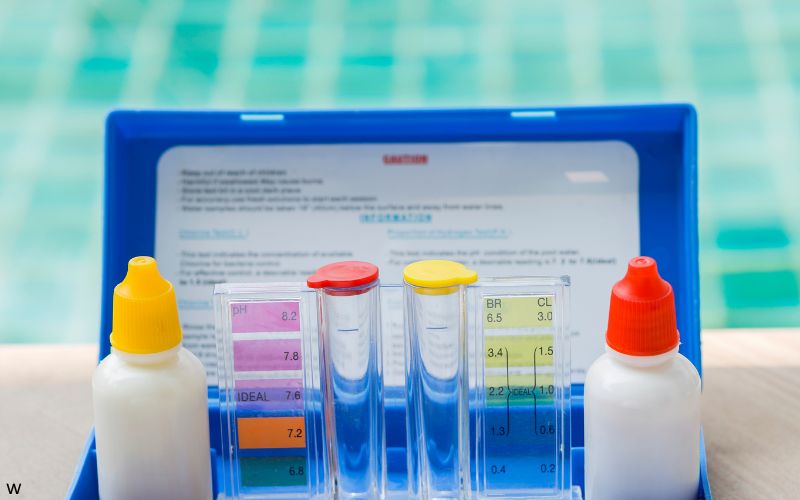
Request Water Testing
Contact Mesa Water Resources at 480-644-2221 for water quality concerns or testing information. While Mesa provides annual water quality reports, residents concerned about chromium-6, arsenic, or lead should consider independent testing through certified laboratories for their specific location.
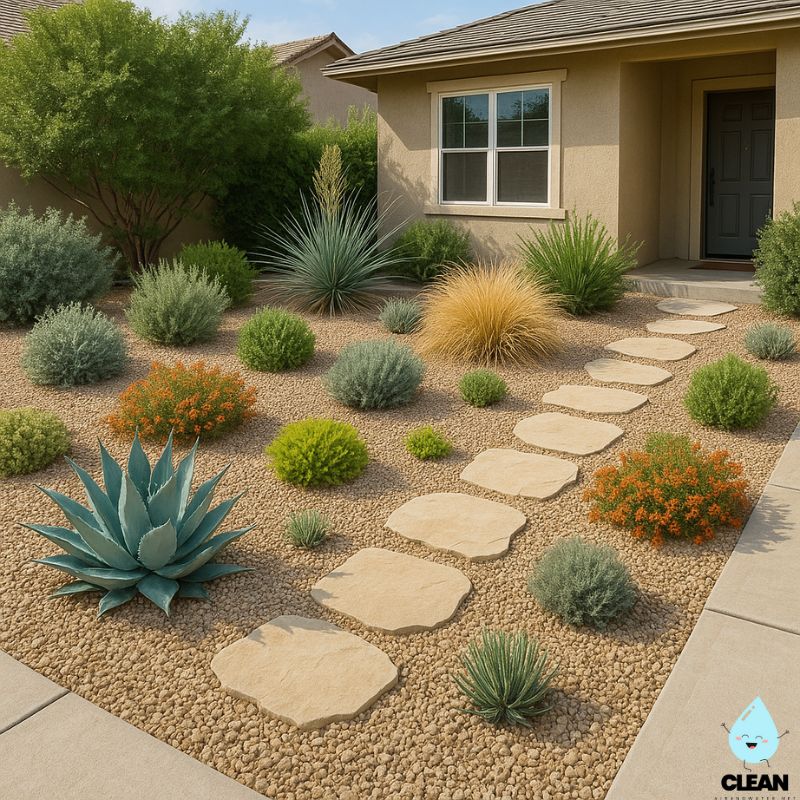
Maximize Water Conservation
Take advantage of Mesa’s Grass-to-Xeriscape (G2X) program offering $500 rebates for converting 500+ sq ft of grass to desert landscaping. Combine with the “Trees Are Cool” program for additional $50-$100 tree planting incentives.

Consider Home Filtration
Given Mesa’s elevated chromium-6 (5.63 ppb), arsenic (4.35 ppb), and disinfection byproducts, residents should strongly consider NSF-certified reverse osmosis or ion exchange filters specifically designed to reduce these contaminants.
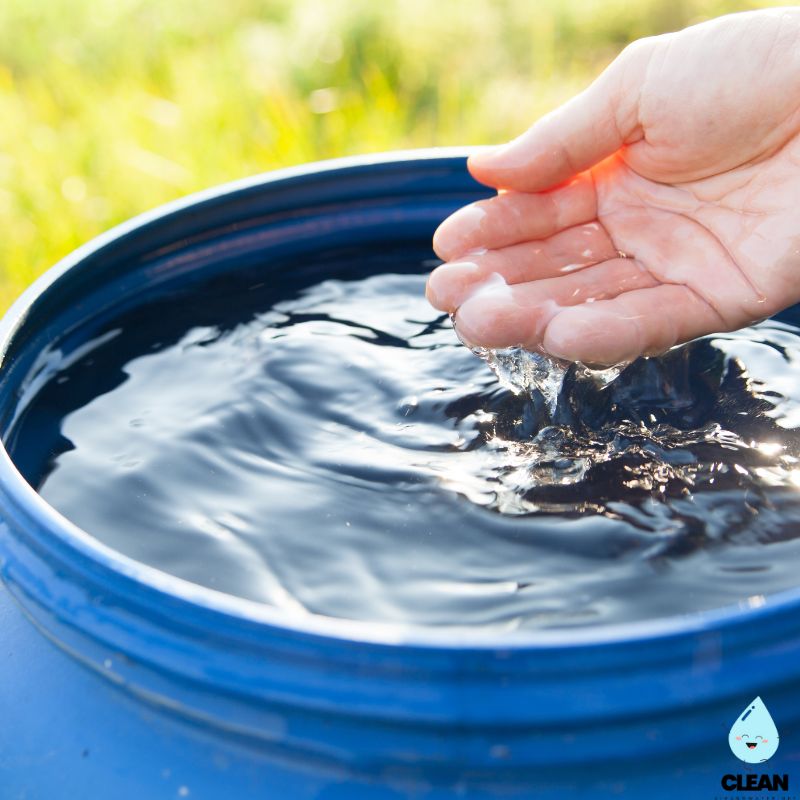
Join Commercial Conservation Programs
Businesses and HOAs can apply for Mesa’s Non-Residential Irrigation Equipment Incentives and Commercial Grass-to-Xeriscape rebates. Contact becky.zusy@mesaaz.gov or call 480-644-3058 for details about available incentives.

Report Issues Promptly
Contact Mesa Utility Customer Service at 480-644-2221 for billing questions, service requests, or water quality concerns. For emergencies, call the 24-hour Utility Control Center at 480-644-2262 to report leaks, pressure problems, or outages.
Frequently Asked Questions
Is Mesa’s tap water safe to drink?
Mesa’s tap water meets all federal and state drinking water standards, but independent testing reveals significant concerns. The city’s water contains chromium-6 at 5.63 ppb (281x above health guidelines), arsenic at 4.35 ppb (1,087x above guidelines), and multiple disinfection byproducts.
While Mesa Water Resources conducts extensive testing and treatment through three advanced facilities, meeting federal standards doesn’t necessarily align with latest health science recommendations. Legal limits for many contaminants haven’t been updated in nearly 20 years. Residents concerned about long-term exposure should consider NSF-certified filtration systems that specifically target chromium-6, arsenic, and disinfection byproducts.
What are Mesa’s current water restrictions?
Mesa operates under year-round conservation measures appropriate for desert living:
Standard Conservation Measures: Mesa encourages responsible water use through education and incentive programs rather than mandatory restrictions, recognizing that desert residents typically practice natural conservation.
Landscape Guidelines: The city promotes desert-adapted landscaping through rebate programs and provides guidelines for efficient irrigation scheduling based on seasonal weather patterns.
Emergency Response: During severe drought or supply emergencies, Mesa may implement temporary restrictions. Current water supply status and any active measures are available at mesaaz.gov or by calling 480-644-2221.
Why does my water sometimes have a mineral taste?
Mesa’s desert location and diverse water sources can occasionally affect taste and mineral content:
Natural Minerals: Groundwater wells may contain naturally occurring minerals common in desert aquifers, which can create a slightly mineral taste that varies by location and season.
Source Water Variations: Different water sources (CAP, SRP, groundwater) have distinct mineral profiles, and the blend delivered to your area may change based on operational needs and supply conditions.
Treatment Processes: Water treatment chemicals, including disinfectants and pH adjustment compounds, may occasionally be noticeable, especially during hot weather when chemical reactions can be more pronounced.
If taste issues persist or worsen, contact Mesa Water Resources at 480-644-2221. Running water for a few minutes after periods of non-use can often help improve taste from your tap.
Does Mesa’s water contain lead?
Mesa’s recent testing shows some concerning lead levels:
• Current Levels: The 90th percentile lead level is 3.7 ppb, which meets EPA action levels but exceeds the American Academy of Pediatrics’ recommendation of 1 ppb for children
• Service Line Concerns: In November 2024, Mesa issued notices about unknown service line materials that may contain lead, requiring system-wide assessment and potential replacements
• Home Plumbing: Homes built before 1986 may have lead-containing solder or fixtures in internal plumbing, particularly concerning given Mesa’s rapid growth during that era
• Testing Resources: Given the service line uncertainty and pediatric concerns, families with children should consider independent lead testing through certified laboratories
Mesa continues monitoring per EPA requirements, with next comprehensive testing scheduled for 2025.
Quality News About Your Water
Get the comprehensive water quality news coverage you need with our dedicated US Water News Service. From coast to coast, we deliver in-depth reporting and expert analysis on PFAS contamination, EPA regulatory changes, infrastructure developments, and emerging water safety issues affecting communities nationwide. While mainstream media only covers the biggest stories, we provide the detailed, ongoing coverage that helps you understand the full scope of America’s water challenges. Whether you’re a concerned citizen, water professional, or community leader, our daily updates and analytical insights keep you informed about the issues that matter most to public health and environmental safety.
Contaminants of Concern
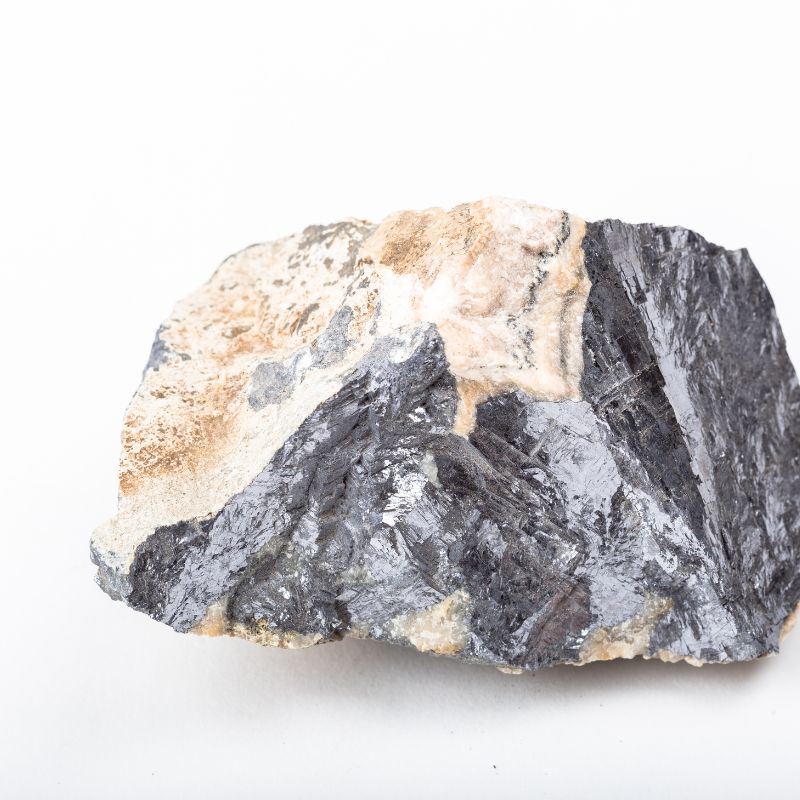
Arsenic
Source: Naturally occurring in desert soils and bedrock throughout Arizona, leaching into groundwater aquifers; concentrations can vary by well location and seasonal groundwater levels
Health Effects: Long-term exposure to elevated levels may increase risk of skin, bladder, lung, kidney, and prostate cancers; also associated with cardiovascular problems and developmental issues
Current Levels: Mesa’s water contains 4.35 ppb arsenic, which meets EPA standards but is 1,087x above California’s health guideline of 0.004 ppb. EPA Limit: 10 ppb maximum contaminant level
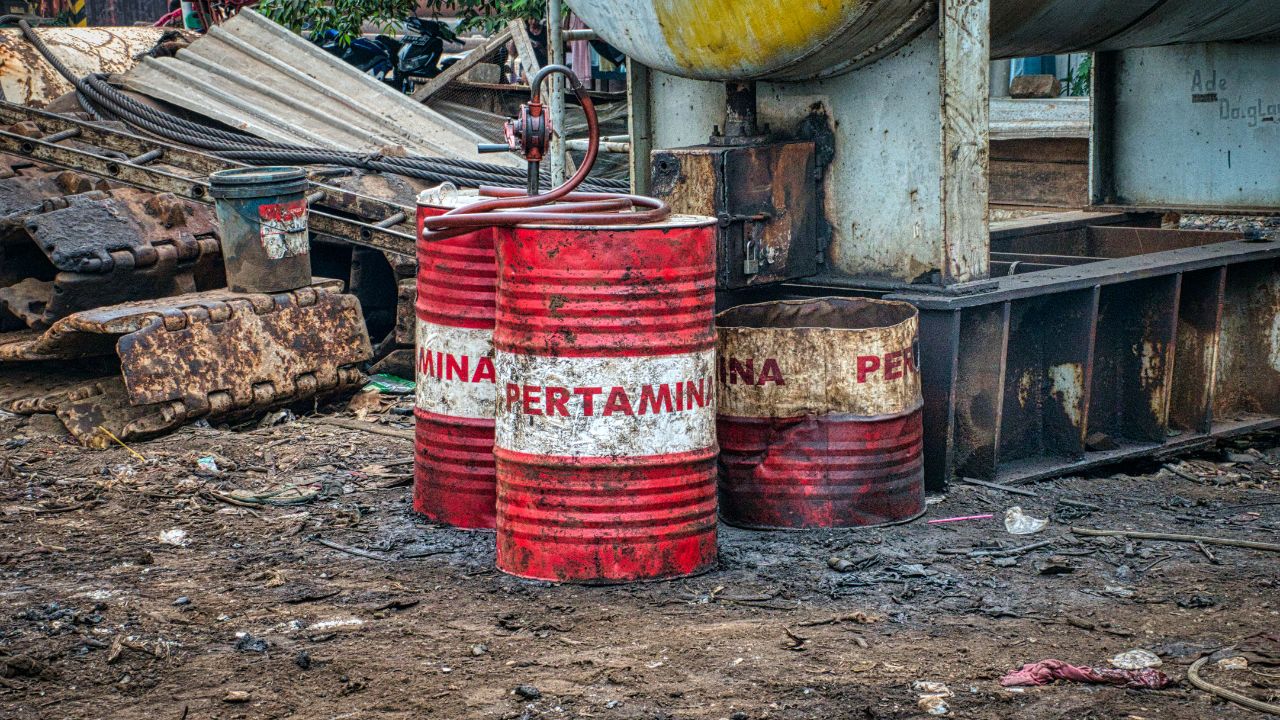
Chromium-6
Source: Industrial activities, natural mineral deposits, and chromium-containing materials that can leach into groundwater sources; more prevalent in certain geographic areas of the Valley
Health Effects: Studies suggest potential links to certain cancers, particularly when exposure occurs over extended periods; EPA classifies chromium-6 as a probable human carcinogen
Current Status: Mesa’s water contains 5.63 ppb chromium-6, among the highest levels in the nation at 281x above health guidelines, though no federal limit currently exists. EPA Status: Currently unregulated federally, though California has set a 10 ppb limit
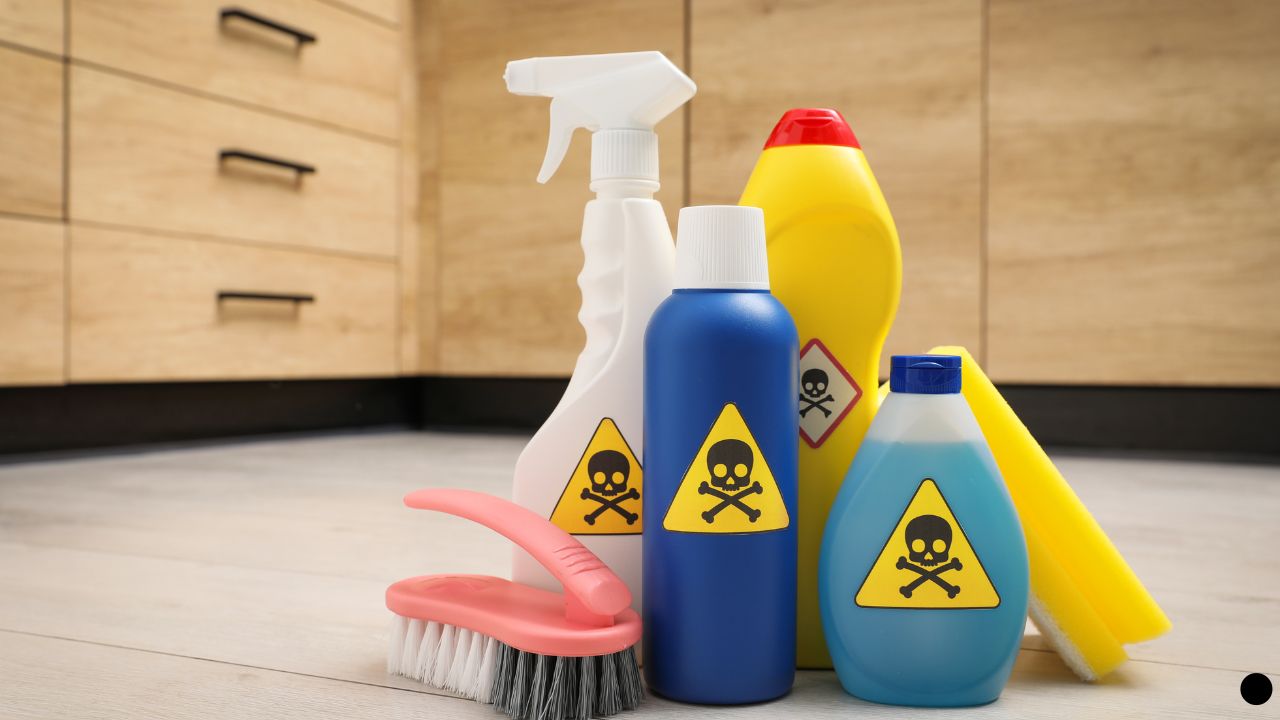
Disinfection Byproducts
Source: Formed when chlorine-based disinfectants react with naturally occurring organic matter in source water; concentrations may increase during hot desert summers
Health Effects: Long-term exposure to elevated levels of trihalomethanes and haloacetic acids may increase risk of certain cancers and potentially affect liver, kidney, and central nervous system
Current Levels: Total trihalomethanes detected at 42.8 ppb (285x above health guidelines) and haloacetic acids at 10.9 ppb (109x above guidelines), though below EPA limits. EPA Limits: 80 ppb for total trihalomethanes (TTHMs) and 60 ppb for haloacetic acids (HAA5)

PFAS Compounds
Source: Per- and polyfluoroalkyl substances from industrial processes, firefighting foams used at airports, and consumer products that can enter groundwater and surface water sources
Health Effects: Studies suggest potential impacts on immune system, cholesterol levels, kidney and testicular cancer risk, and developmental effects; research continues on long-term health implications
Current Status: PFHXS detected at 0.231 ppt (231x above health guidelines), with new federal regulations requiring treatment for PFOA and PFOS by 2029. EPA Limits: New federal standards set 4 ppt maximum for PFOA and PFOS, effective 2029
Please read – our information
The information presented on cleanairandwater.net is compiled from official water quality reports, trusted news sources, government websites, and public health resources. While we strive for accuracy and thoroughness in our presentations, we are not scientists, engineers, or qualified water quality professionals.
Our mission is to present water quality information in an accessible, real-world format that helps people understand what’s in their water and make informed decisions about their health and safety. We believe that complex environmental information should be available to everyone in a format that’s easy to understand.
We make every effort to ensure our content is current and accurate, but we cannot guarantee that all information is complete or error-free. This website should not replace official communications from your local water utility or health department. We always recommend consulting official sources for the most up-to-date information regarding your specific water system.
Clean Air and Water is not liable for any unintentional errors, omissions, or outdated information. The content on this site is provided for informational purposes only and should not be considered professional advice.


